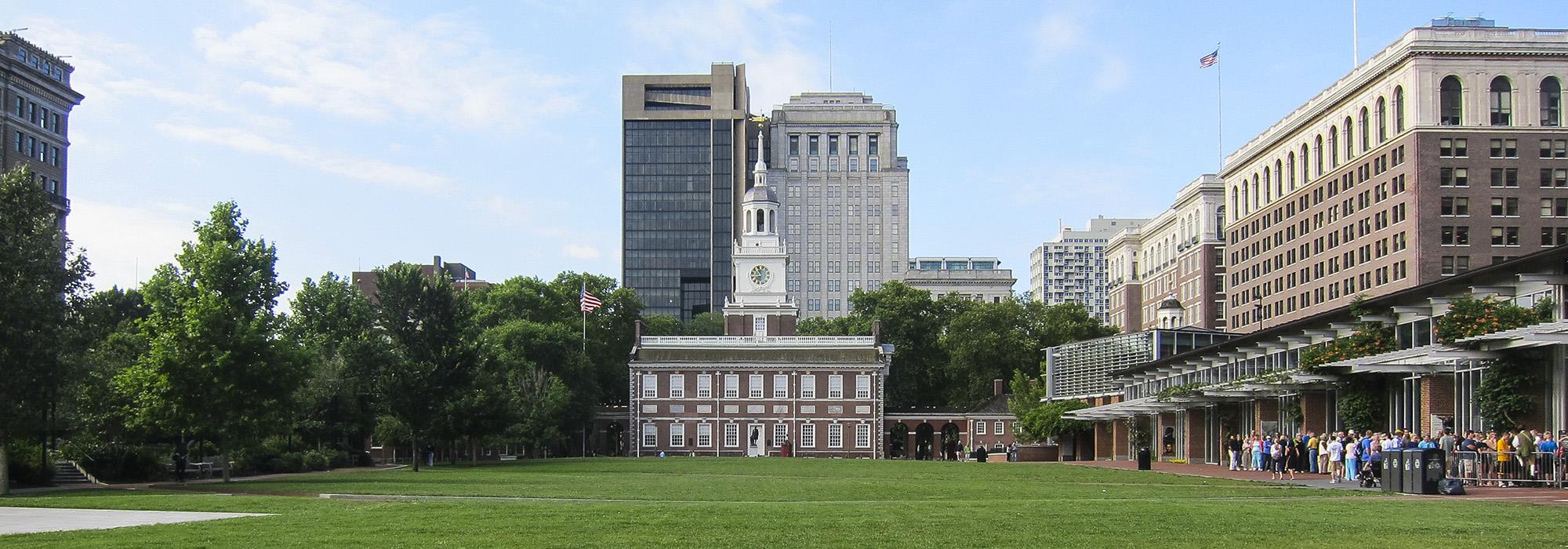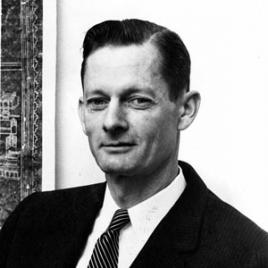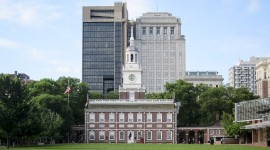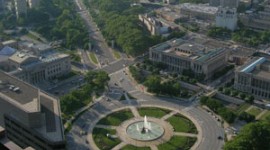Pioneer Information
Born in Philadelphia, Bacon earned a bachelor’s degree in architecture from Cornell University in 1932. After traveling to Europe, he spent a year working for American architect Henry Killam Murphy in China. In 1934 Bacon returned to Philadelphia and worked for architect William Pope Barney before entering Michigan’s Cranbrook Academy of Art in 1936, where he studied city planning under Eliel Saarinen. Bacon then became a city planner in Flint, Michigan, collaborating with Eero Saarinen on planning and architectural projects. In 1939 Bacon left Flint and returned to Philadelphia. After serving in the U.S. Navy during World War II, he became managing director of the Philadelphia City Planning Commission in 1947 and executive director in 1949. In 1947 he worked with Louis Kahn to design the Better Philadelphia Exhibition, a show displaying futuristic plans and models. In the 1950s and 1960s Bacon was involved with the planning of Penn Center, a large downtown development. He was also involved in the planning of Society Hill, Market East, Independence Mall, and Penn's Landing. In 1965 President Lyndon Johnson appointed Bacon, who had by then gained a national reputation as a city planner, to the White House’s Conference on Recreation and Natural Beauty. After retiring in 1970, Bacon became vice president of the Canadian real estate development company Mondev International. His many awards include the Distinguished Service Award from the American Institute of Planners (1971) and the Philadelphia Award (1984). He produced the film Form, Design and the City in 1963, authored the book Design of Cities in 1967, and produced a series of films on city planning, entitled Understanding Cities, in 1984. Bacon died of natural causes in Philadelphia at the age of 95.








